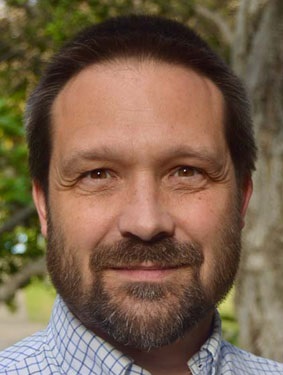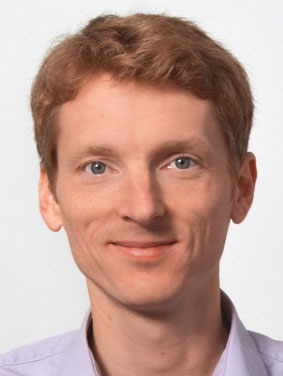A6 Mathematical Challenges in the BCS Theory of Superconductivity
Project Leaders



Prof. Dr. Rupert Frank, Prof. Dr. Christian Hainzl, Prof. Dr. Robert Seiringer
Researchers
Summary
The superconducting phase transition is an important topic in condensed matter physics and material science, and progress in this field has been recognized by five Nobel prizes (1913, 1972, 1973, 1987 and 2003). Superconductivity is the phenomenon that certain materials completely lose their electrical resistance below a critical temperature. As we will explain below in some more detail, there are two descriptions of superconductivity, namely a microscopic one due to Bardeen, Cooper and Schrieffer (BCS) and a macroscopic one due to Ginzburg and Landau (GL).
Our project will be centered around two questions. First, we attempt to understand whether there is a regime in which the microscopic BCS model can be rigorously derived from an underlying quantum many-body system. This is a long-standing problem and its solution is one of the long-term goals of our project. Second, we will study the relation between the microscopic BCS and the macroscopic GL model. The PIs were the first to put this relation on a mathematically rigorous footing [FHSS12*], but several physically important questions still remain open. This includes in particular the inclusion of a self-generated magnetic field and thus ultimately the justification of the Meissner effect. Furthermore, the question arises, which boundary conditions emerge on the macroscopic scale. This is a topic which has recently been taken up again in the physics literature. Besides equilibrium state properties, it is important to understand the micro-macro connections from a dynamic point of view and to understand the validity of the dispersive time-dependent GL equations.
Mathematically, the study of the BCS model belongs to a non-commutative calculus of variations, as the “variables” in this model are non-commuting operators. The convergence of BCS to GL theory in a suitable scaling regime can be understood as a commutative limit and is mathematically closely related to semiclassical and microlocal analysis. A characteristic feature is that, in contrast to standard semiclassical analysis, we are forced to work in a low-regularity setting.

